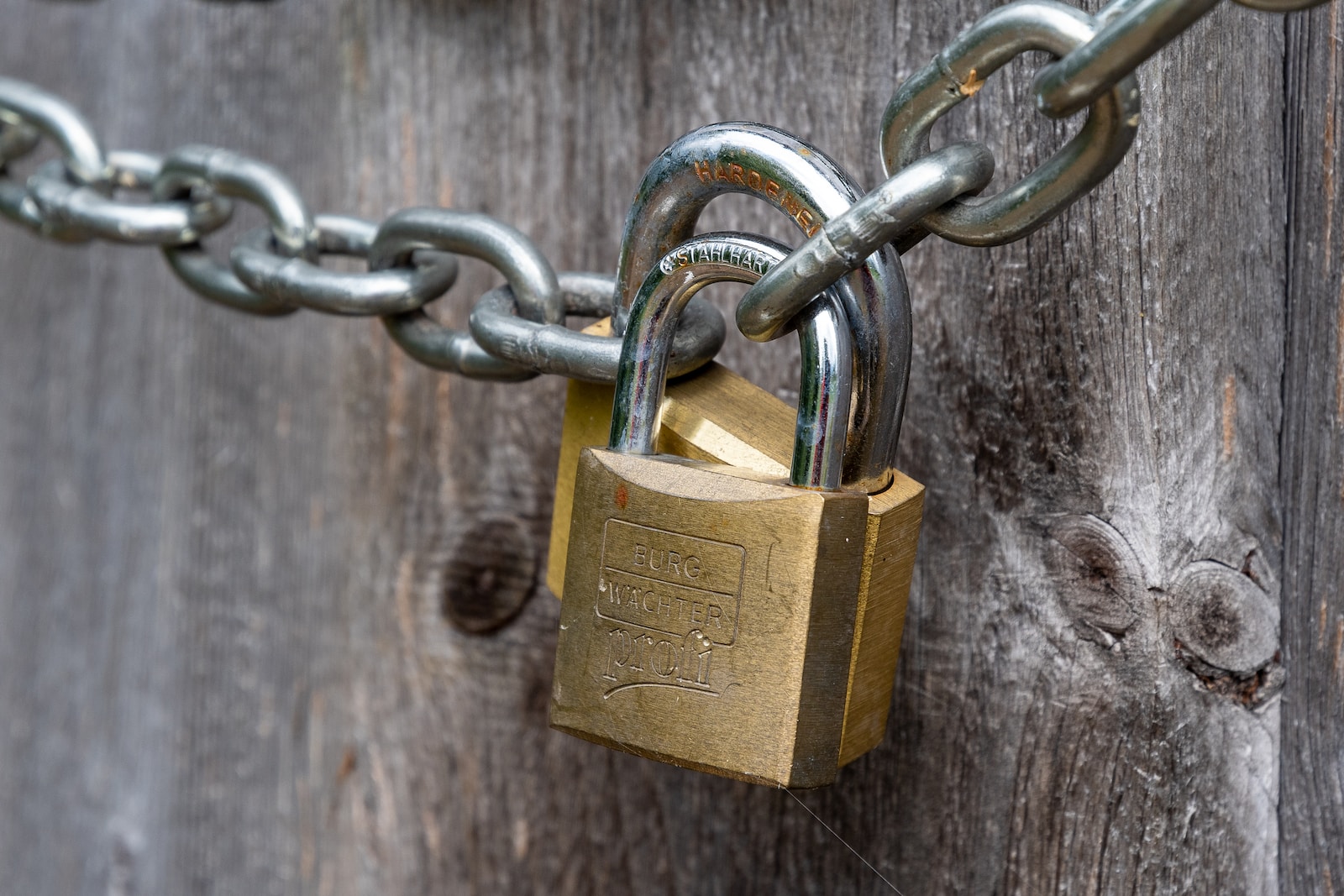Welcome to my blog, where we embark on a fascinating journey exploring the intricate world of intellectual property rights in photography. In this blog, we will dive into the legal protections available to photographers and learn how to safeguard our creative work. Additionally, we will navigate and address the complex issue of rights infringement, ensuring that both amateurs and professionals are equipped with the necessary knowledge to protect their rights in the digital age.
Table of Contents
- Understanding Intellectual Property Rights
- Legal Protection for Your Photography
- Identifying Rights Infringement
- Overcoming Challenges in Protecting Photography Rights
- Frequently Asked Questions
- What are intellectual property rights?
- How do intellectual property rights apply to photography?
- What legal protection is available for photographers?
- What is copyright infringement in photography?
- How can photographers protect their intellectual property rights?
- What should photographers do if they suspect their rights have been infringed upon?
- Can photographers sell or license their intellectual property rights?
- What are some common misconceptions about intellectual property rights in photography?
- Where can photographers learn more about intellectual property rights in photography?
- Wrap Up:
Understanding Intellectual Property Rights
To comprehend how intellectual property rights apply to photography, we must first grasp what they entail. Intellectual property refers to the legal rights that creators have to their inventions or creative works. In the context of photography, it encompasses the exclusive rights granted to photographers concerning their photographs, including both artistic and commercial images.
The Importance of Intellectual Property Rights in Photography
Intellectual property rights are essential for photographers as they provide legal protection for their creative endeavors. These rights enable photographers to control the distribution, reproduction, and use of their images, allowing them to monetize their work and maintain creative autonomy.
The Different Types of Intellectual Property Rights
When discussing intellectual property rights in photography, there are three key categories to consider:
- Copyright: This grants photographers the exclusive right to reproduce, distribute, and display their photographs. Understanding copyright law is crucial to protect your work from unauthorized use.
- Trademark: While less prevalent in photography, trademarks protect specific brand elements associated with photographers or photography businesses, such as logos or slogans.
- Patents: Patents are generally not applicable to photography itself, but they may be relevant to innovative technologies or processes used in photography equipment or software.
Did you know that the first patent for a camera was issued in 1814 to Joseph Nicéphore Niépce and Louis Daguerre? This marked a pivotal moment in the history of photography, paving the way for further advancements.
Legal Protection for Your Photography
Registering your photographs with the official copyright office provides added legal protection and establishes a public record of your ownership. Learn what steps you must take to safeguard your work and the benefits of copyright registration.
Understanding Fair Use in Photography
Exploring the concept of fair use is crucial for photographers, as it affects how others can use their copyrighted works without permission. Uncover the guidelines that determine whether a particular use of your photographs qualifies as fair use and how to respond if you believe your rights have been infringed upon.
Watermarking and Metadata: Adding Extra Layers of Protection
Discover how watermarking and embedding metadata in your photographs can offer an additional level of protection against unauthorized use. We delve into the various methods of incorporating watermarks and metadata and their effectiveness in deterring potential infringement.
Identifying Rights Infringement
Learn how to identify instances where your photography rights have been infringed upon, from unauthorized use on social media platforms to commercial exploitation without permission. Familiarize yourself with the telltale signs of rights infringement and the steps you can take to address the situation.
One effective course of action photographers can take when faced with rights infringement is issuing a cease and desist letter. We explore the essentials of crafting a strong cease and desist letter, including important legal considerations and potential outcomes.
Legal Remedies and Compensation for Rights Infringement
If your rights have been infringed upon, seeking legal remedies and compensation may be necessary. Gain insight into the available options, ranging from negotiating settlements and licensing fees to pursuing legal action, and understand the potential implications of each approach.
Throughout this blog, we will delve deep into the realm of intellectual property rights in photography, empowering you to understand your rights, protect your work, and defend against any infringement. So, buckle up and get ready to navigate the exciting and sometimes challenging path of intellectual property in the world of photography!

Overcoming Challenges in Protecting Photography Rights
Intellectual property rights play a crucial role in the realm of photography, where creators face unique challenges in protecting their work. One notable case study that exemplifies these challenges is the story of renowned photographer, Emily Jones.
Emily Jones, a talented professional photographer, had built a successful career capturing breathtaking landscapes and stunning portraits. As her work gained recognition, Emily faced an unfortunate reality – her images were being used without her consent, resulting in a violation of her intellectual property rights.
The challenges Emily encountered were twofold: identifying unauthorized use of her photographs and taking legal action against the infringers. To address these challenges, Emily employed several strategies:
- Watermarking Her Images: Emily started adding visible watermarks to her photographs, making it clear to any viewer that the images were copyrighted. This simple yet effective technique acted as a deterrent for those who might be tempted to use her work without permission.
- Monitoring Online Platforms: In addition to watermarking, Emily regularly conducted reverse image searches and monitored various online platforms for any unauthorized use of her images. This proactive approach allowed her to discover instances of infringement and take necessary action promptly.
- Seeking Legal Support: Emily consulted with an intellectual property attorney to understand her rights and explore legal recourse for copyright infringement. The attorney provided valuable guidance and represented Emily’s interests throughout the legal process.
Despite the challenges, Emily’s determination and proactive measures paid off. With the support of her attorney, she successfully navigated the legal system and was able to secure compensation for the infringing use of her photography. This case study demonstrates the importance of understanding intellectual property rights and taking concrete steps to protect one’s work.
It is crucial for photographers to be aware of their rights and to educate themselves on the nuances of intellectual property law. By incorporating these lessons from Emily’s experience and implementing practical strategies like watermarking and diligent monitoring, photographers can safeguard their creative work more effectively.
As the digital landscape continues to evolve, the importance of intellectual property rights in photography cannot be overstated. By incorporating active measures to protect one’s work, photographers can ensure that their rights are respected and their artistic vision remains intact.
Frequently Asked Questions
What are intellectual property rights?
Intellectual property rights refer to legal protections granted to individuals or entities for their creations or inventions. These rights allow creators to have exclusive use and control over their work.
How do intellectual property rights apply to photography?
In photography, intellectual property rights protect the original photos you take. These rights can give you control over how your photos are used, reproduced, and distributed by others.
What legal protection is available for photographers?
Photographers can rely on several legal tools to protect their work. Copyright is the main form of legal protection for photographers, granting exclusive rights to reproduce, distribute, and display their photos.
What is copyright infringement in photography?
Copyright infringement occurs when someone uses, copies, or distributes a copyrighted photo without permission from the owner. This includes posting photos on social media, using them in advertisements, or selling them without authorization.
How can photographers protect their intellectual property rights?
Photographers can take proactive measures to protect their intellectual property rights. This includes adding watermarks or copyright notices to their photos and registering their work with the relevant copyright authorities.
What should photographers do if they suspect their rights have been infringed upon?
If photographers believe their rights have been infringed upon, they should gather evidence and documentation proving their ownership of the copyrighted work. They can then send a cease-and-desist letter or take legal action to stop the infringement and seek compensation if necessary.
Can photographers sell or license their intellectual property rights?
Yes, photographers can sell or license their intellectual property rights to others. They can choose to sell the full rights to a photo or grant a license for specific uses while retaining ownership.
What are some common misconceptions about intellectual property rights in photography?
One common misconception is that photos found on the internet are automatically free to use. In reality, most photos are protected by copyright, and unauthorized use without permission may result in legal consequences.
Another misconception is that giving credit to the photographer is enough to use their work without permission. However, proper attribution does not exempt the user from obtaining the necessary licenses or permissions.
Where can photographers learn more about intellectual property rights in photography?
Photographers can consult legal professionals specializing in intellectual property law or refer to reputable online resources such as copyright organizations or photography associations for more information on intellectual property rights.
Wrap Up:
In conclusion, understanding intellectual property rights is crucial for photographers to protect their work and avoid infringement issues. By familiarizing yourself with the legal protections available and taking proactive steps, you can secure your rights and prevent others from unlawfully using your photographs. Remember to register your copyright, include watermarks, and consider using licensing agreements to control the usage of your work.
If you have any questions or need further clarification on any aspect of intellectual property rights in photography, feel free to leave a comment below. We value your engagement and look forward to hearing your thoughts and experiences regarding this important topic.



